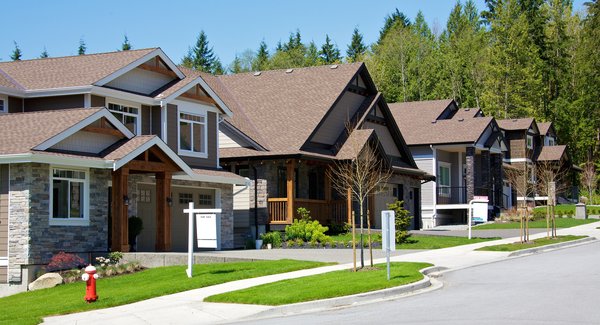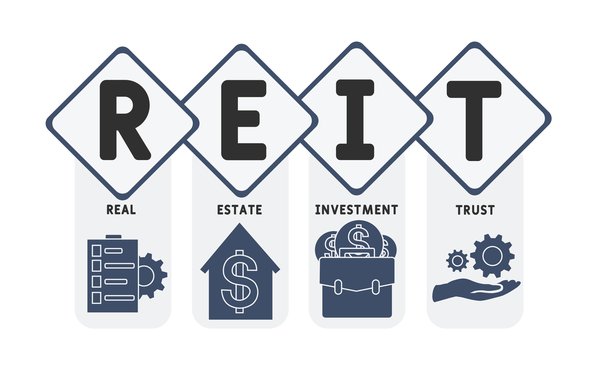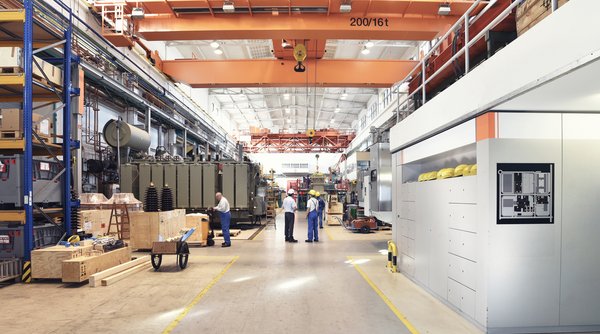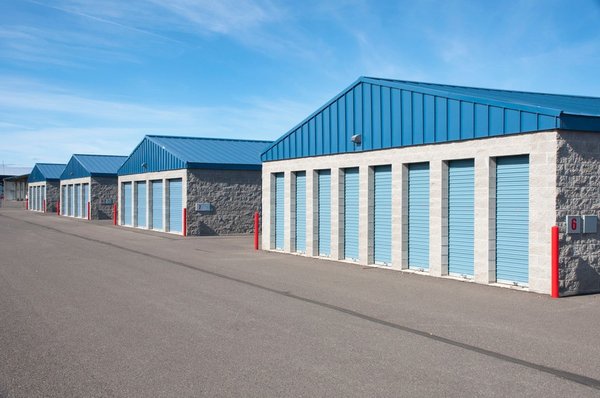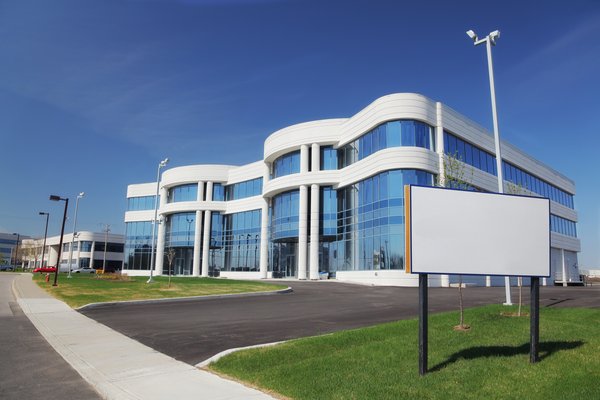Timberland real estate investment trusts (REITs) focus on owning and managing land used to grow timber. That makes them different from other REITs, which mostly concentrate on owning buildings or other facilities rented out to tenants.
Given the difference, investors need to understand how timberland REITs work, the advantages of owning them, and their risks. Here's a closer look at those factors and some timberland REITs to consider.

Understanding timberland REITs
Timberland REITs own and manage timberland real estate. They harvest and sell timber to lumber mills and wood product manufacturing facilities owned by the REIT or a third party. Timberland REITs also focus on maximizing the value of their land holdings, which can include selling it for various uses other than for growing timber, such as conservation or housing.
This business model makes timberland REITs different from many other REITs. Most REITs generate relatively stable rental income by leasing their real estate to tenants. On the other hand, timberland REITs earn income by selling timber, wood products, and real estate. The price of the commodities tends to ebb and flow with supply and demand, making earnings more volatile. Timber REITs can be similar to other cyclical stocks that produce commodities, such as basic material companies and oil producers.
Advantages of investing in timberland REITs
One of the benefits of producing a commodity like timber is that higher prices can drive up timber REIT earnings. That makes timberland REITs a great way to invest in lumber when the market is on a cyclical upswing. The housing market is a big driver of lumber prices, making timberland REITs another way to invest in housing.
While lumber prices can be volatile due to changes in demand, they tend to increase over the long term. A growing population drives the need for more housing and more lumber.
As a commodity, lumber benefits from inflation. Timberland is a good inflation hedge since rising lumber and land prices should boost the value of a timber REIT's land portfolio and its cash flow from selling timber, wood products, and real estate.
Risks of investing in timberland REITs
Commodity prices can cut both ways. While timberland REITs benefit from higher lumber prices since that will boost their revenue and earnings, falling lumber prices can cause revenue and earnings to decline. That variability can make timberland REIT stock prices more volatile than other REITs. Periods of prolonged lower lumber prices can force a timber REIT to reduce its dividend.
In addition to commodity price risk, nature represents another risk for timberland REITs. Wildfires, weather events, diseases, and insects can all destroy timberland. The effects of climate change could have an outsized impact on timberland REITs.
Meanwhile, timber REITs also face a risk common to all REITs: interest rate risk. Like other REITs, timberland REITs tend to borrow a lot of money to acquire property. As interest rates rise, a timberland REIT's interest expenses can increase if it has a floating rate or an upcoming debt maturity.
Rising interest rates also increase the income yield on lower-risk investments such as government bonds. That gives income-focused investors more options. As a result, REIT stock prices often decline and dividend yields are increased to compensate investors for their higher risk profile. Some of this risk can be offset with appropriate portfolio diversification, even if you prefer to keep all your money in REITs.
3 timberland REITs to consider in 2024
There are four publicly traded timberland REITs:
| Timberland REIT | Ticker Symbol | Market Cap | Company Description |
|---|---|---|---|
| Weyerhaeuser Company | (NYSE:WY) | $23.05 billion | One of the world's largest private timberland owners. |
| Rayonier | (NYSE:RYN) | $5.09 billion | A global timber company. |
| PotlatchDeltic Corporation | (NASDAQ:PCH) | $3.56 billion | A diversified wood products company. |
Here's a closer look at these timberland REITs:
1. Weyerhaeuser Company
Weyerhaeuser is by far the largest timberland REIT. It owns 11 million acres of timberland in the U.S. and manages land in Canada under long-term licenses, giving it access to another 14 million acres. The company also operates 35 wood products manufacturing facilities across North America. In addition, it has a real estate, energy, and natural resources business that aims to get the most value out of every acre of land it owns.
Aside from its scale and diversification, another factor that sets Weyerhaeuser apart from other timberland REITs is its dividend policy. The company implemented a new framework in late 2020 to pay a base quarterly dividend, plus a variable supplemental dividend. The company set the base payout to be sustainable at lower commodity prices. Meanwhile, the variable supplemental dividend would see Weyerhaeuser pay out additional cash to shareholders when lumber prices are higher. Overall, it aims to distribute 75% to 80% of its annual funds available for distribution via dividends.
2. Rayonier
Rayonier operates two core businesses: forest resources and real estate. The company holds 2.7 million acres of timberland across the Pacific Northwest, the U.S. South, and New Zealand. In addition, it maximizes the value of its real estate by selling select timberlands for different uses.
Rayonier is the purest play on timber. The REIT has generated an average of 73% of its earnings before interest, taxes, depreciation, and amortization (EBITDA) from its timber operations over the past few years. The remaining 27% comes from its real estate operations. For comparison's sake, the diversified Weyerhaeuser only gets about 24% of its EBITDA from timber, with the majority coming from wood products manufacturing. Given its leverage to timber, Rayonier should benefit more from higher lumber prices.
3. PotlatchDeltic Corporation
PotlatchDeltic is a diversified timberland company. It holds 1.8 million acres of timberland across Alabama, Arkansas, Idaho, Louisiana, Minnesota, and Mississippi. In addition, it operates six sawmills, an industrial-grade plywood mill, a residential and commercial real estate development business, and a rural timberland sales program.
PotlatchDeltic's diversified operations help generate a relatively stable cash flow, which has supported sustainable dividend growth over the years. Meanwhile, as the company generates incremental cash flow from higher lumber prices, it allocates that money toward higher shareholder returns (share repurchases and special dividends) and growth investments, such as acquisitions. For example, higher lumber prices in 2021 enabled the company to pay a significant special dividend.
Related investing topics
Timberland REIT investment options
The four publicly traded timber REITs each offer a different spin on investing in timberlands. Investors should examine each one closely to determine which best fits their investment plans.









